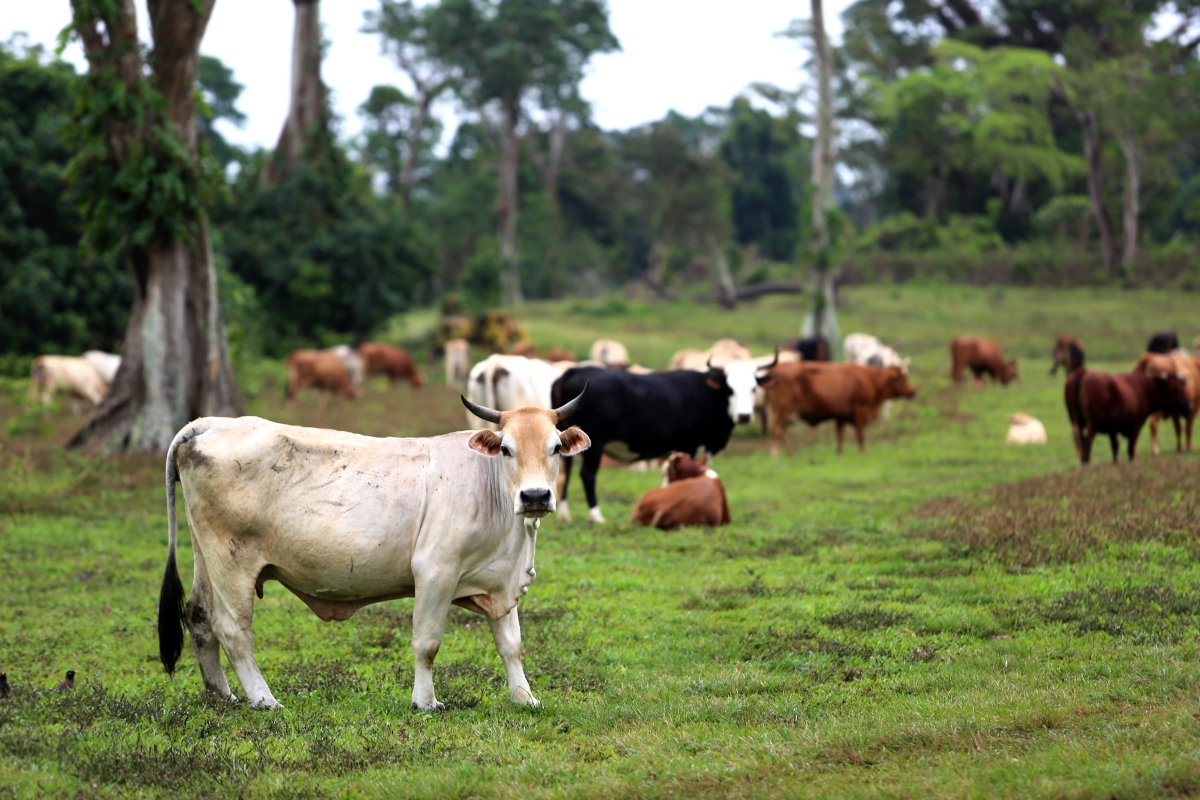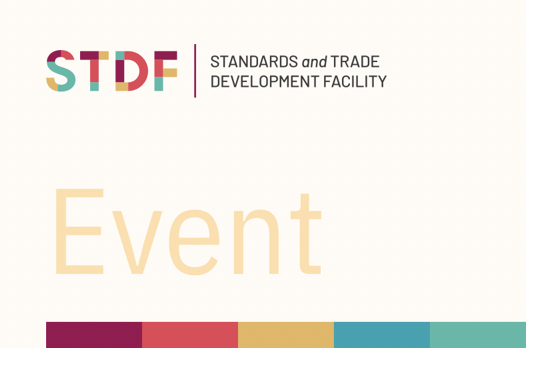Image

Capacity evaluation tools
Evaluation tools and processes are essential for assessing SPS system performance and identifying areas for improvement. By applying tailored methodologies, countries can measure their capacity to meet international standards and manage SPS risks effectively. These assessments help prioritize interventions, ensuring that resources are directed toward the most impactful areas.
Regular evaluations foster transparency and accountability, supporting evidence-based decisions that enhance food safety, animal and plant health, and trade. Strong evaluation practices are a foundation for continuous improvement and better market outcomes.
Body
Selected projects featuring capacity evaluation tools
| STDF/PPG/377, The Gambia: Enhancing national plant protection system (PCE Tool) |
| STDF/PPG/869, Cabo Verde: strengthening food safety control capacities with WHO/FAO tool |
| STDF/PG/133, Asia-Pacific countries: Using the Phytosanitary Capacity Evaluation (PCE) Tool |
STDF |
|
Tools |
|
